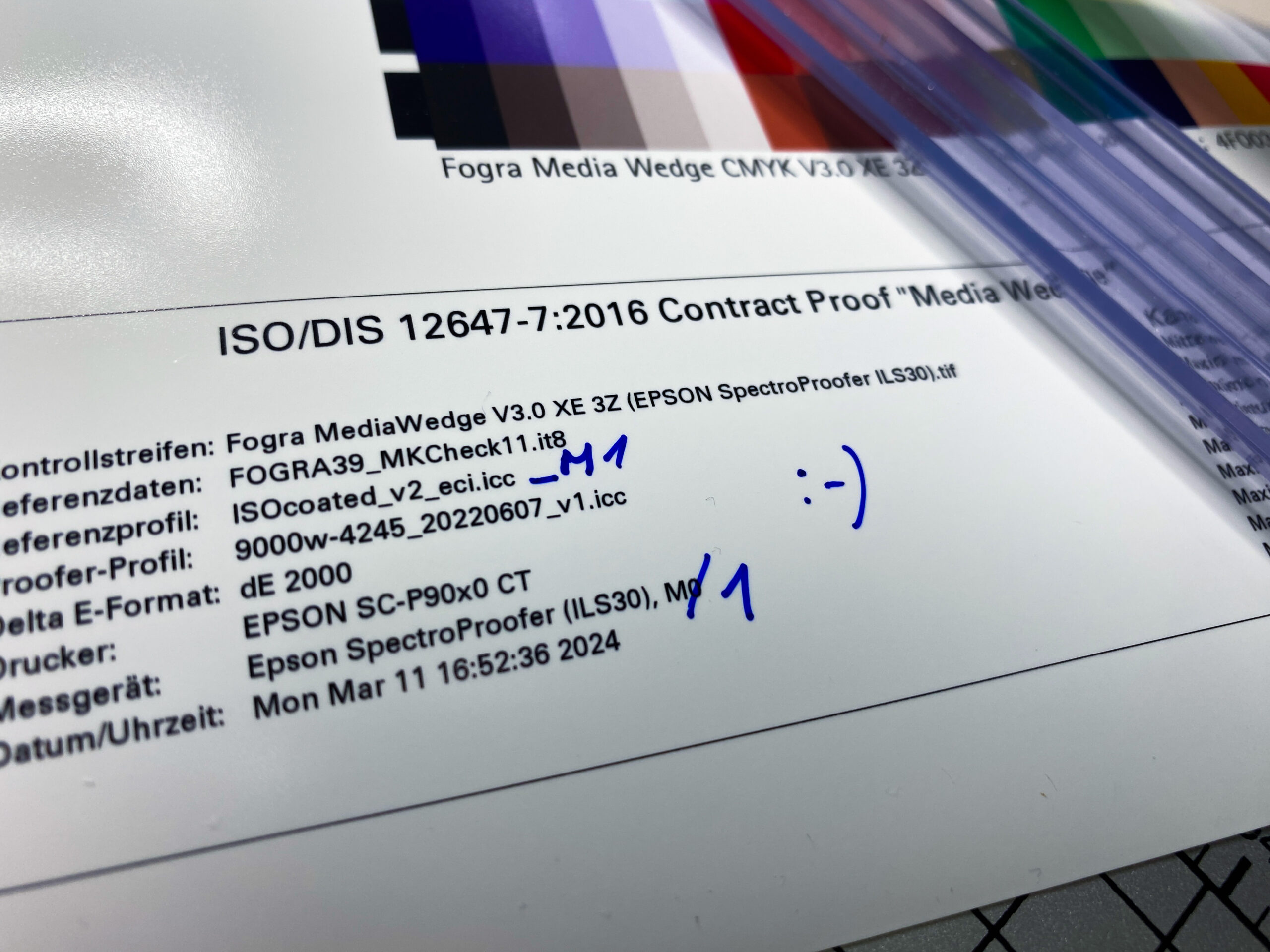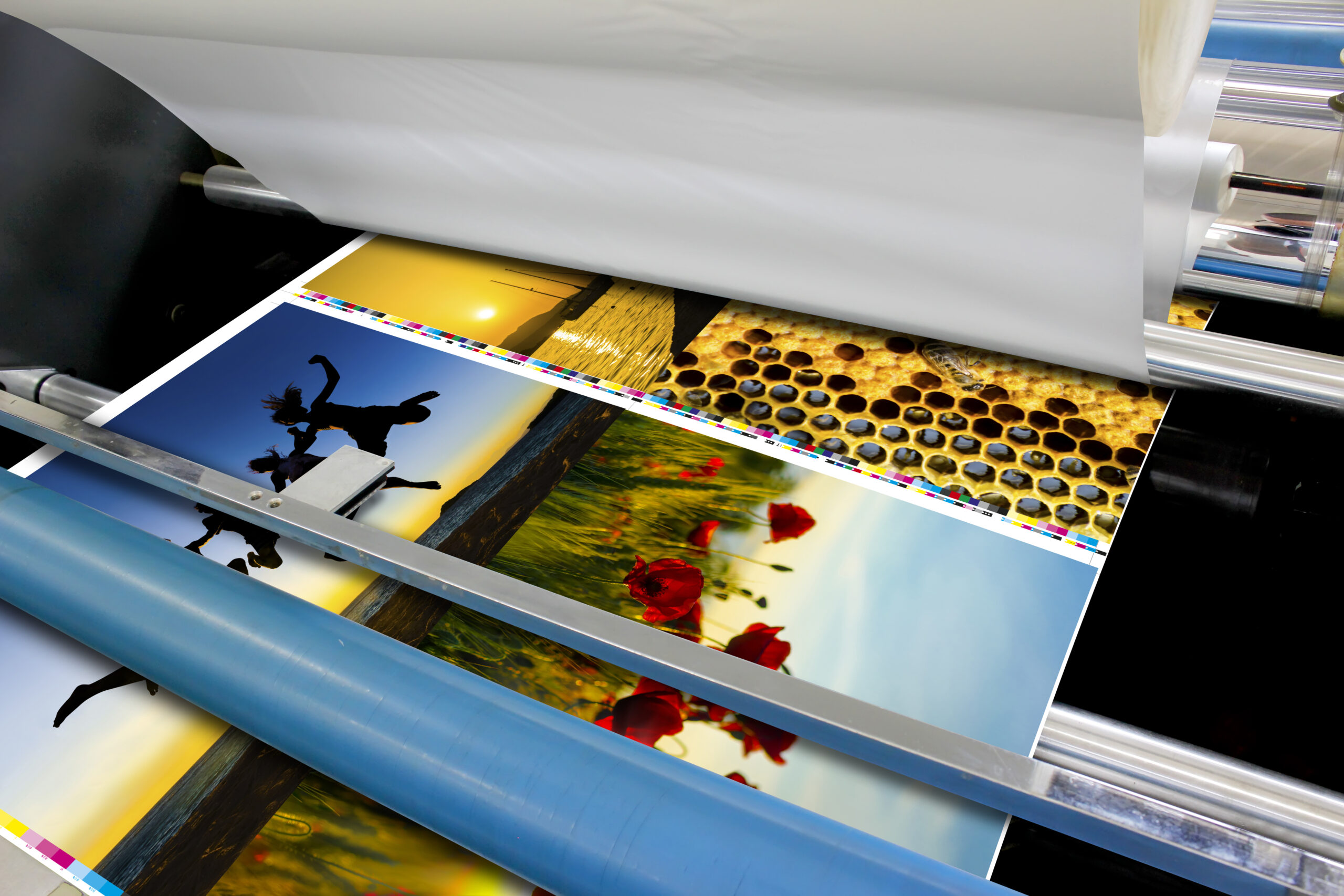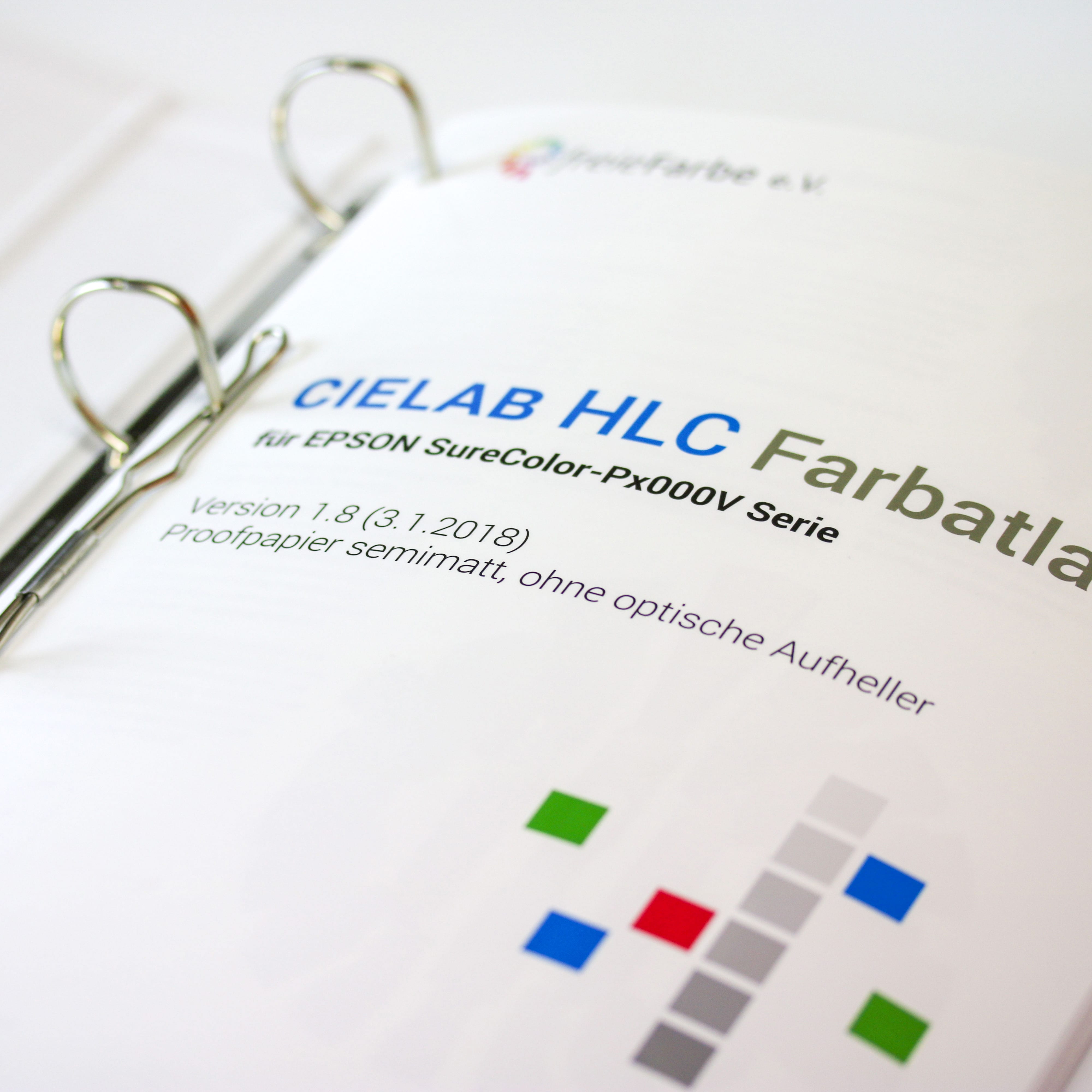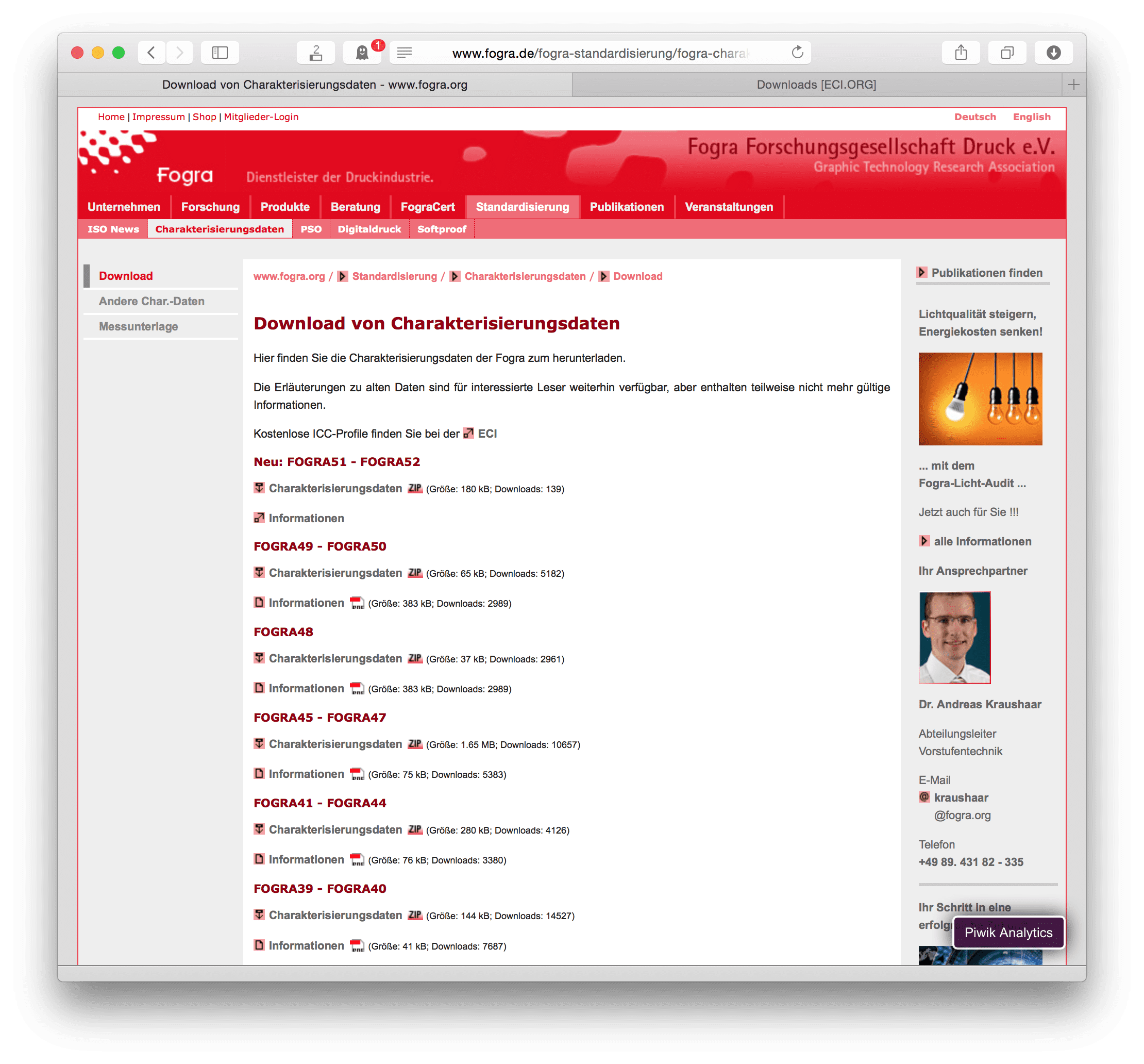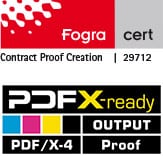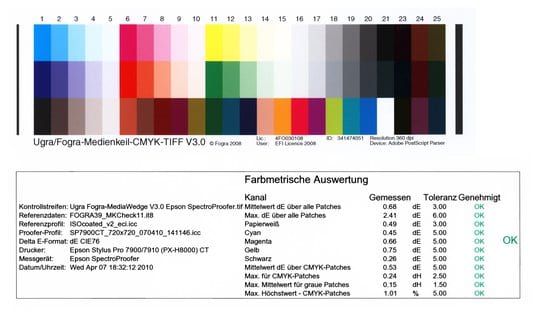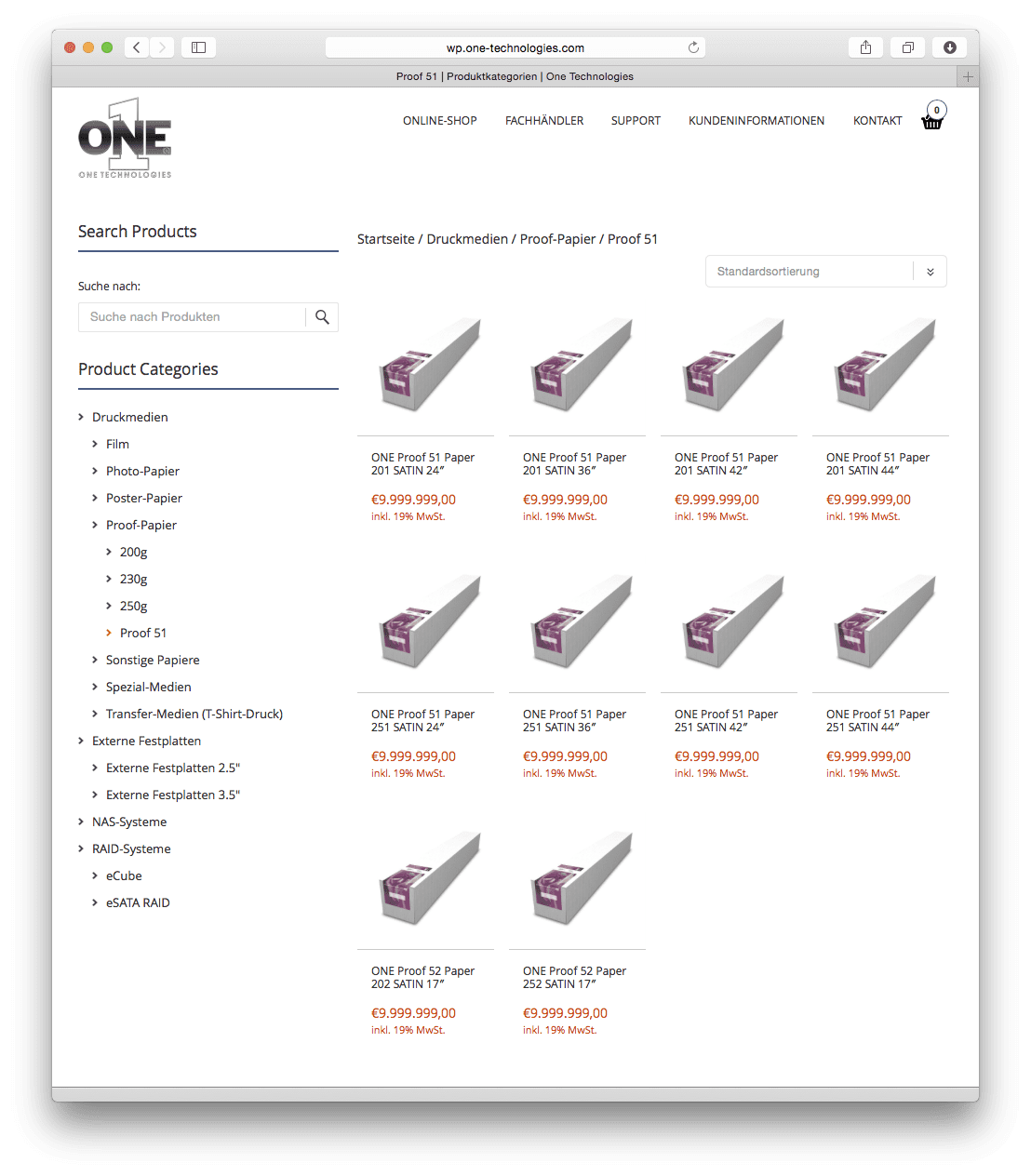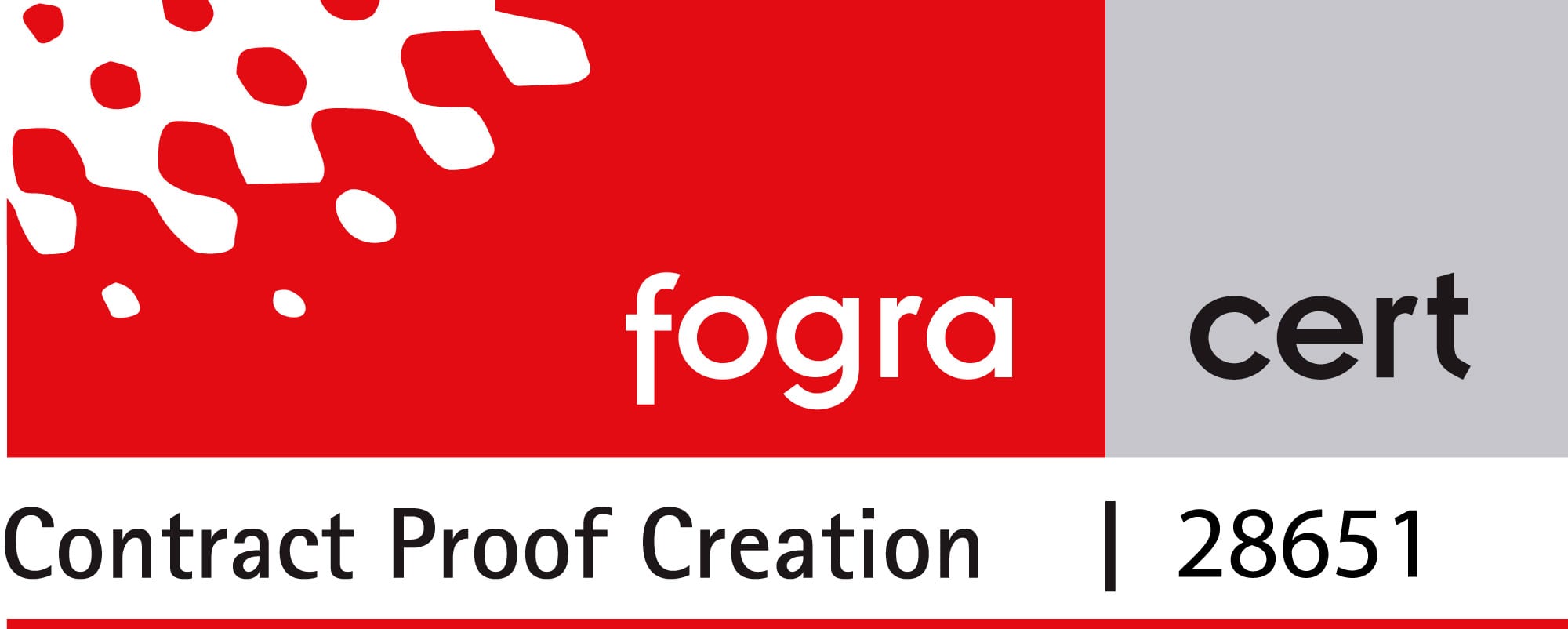It has taken almost a year, but we are all the more pleased now: The “CIELAB HLC Colour Atlas” is completed and can be ordered in our shop. The HLC Colour Atlas is a open source, high-precision colour system based on open standards.
New edition of ISOCoatedV2 in M1 in sight?
Even almost 9 years after the introduction of the successor colour space PSOCoatedV3, ISOCoatedV2 / FOGRA39 is still the most widespread colour space in Europe. We at Proof GmbH count around 200 jobs from time to time for the German Printing and Media Industries Federation, among others. In the last count, proofs in ISOCoatedV2 accounted for around 68% of all proof jobs at our company. This is a clear sign of the continued widespread use of the colour space. ISOCoatedV2: From the classic colour space to the beacon of the …

